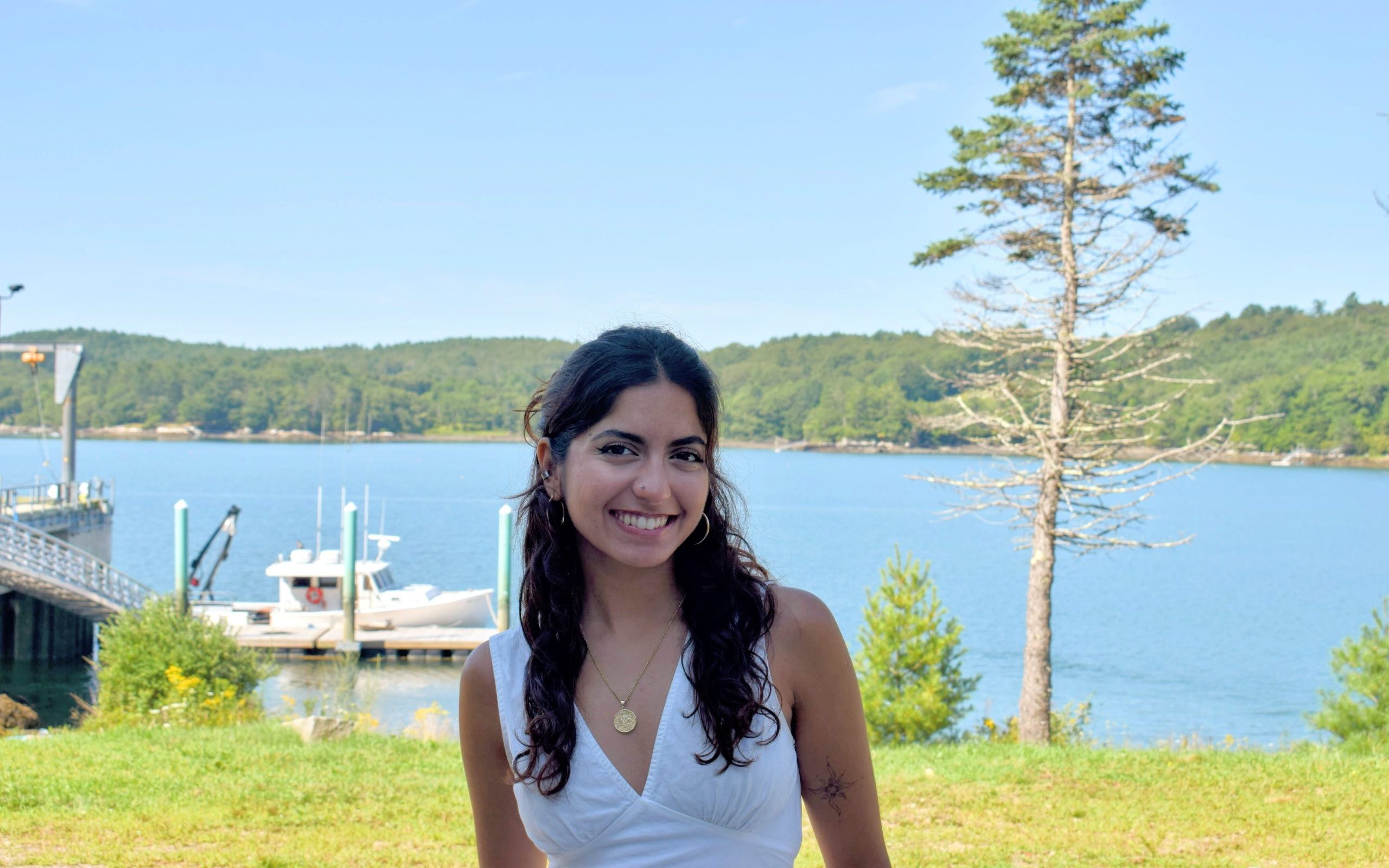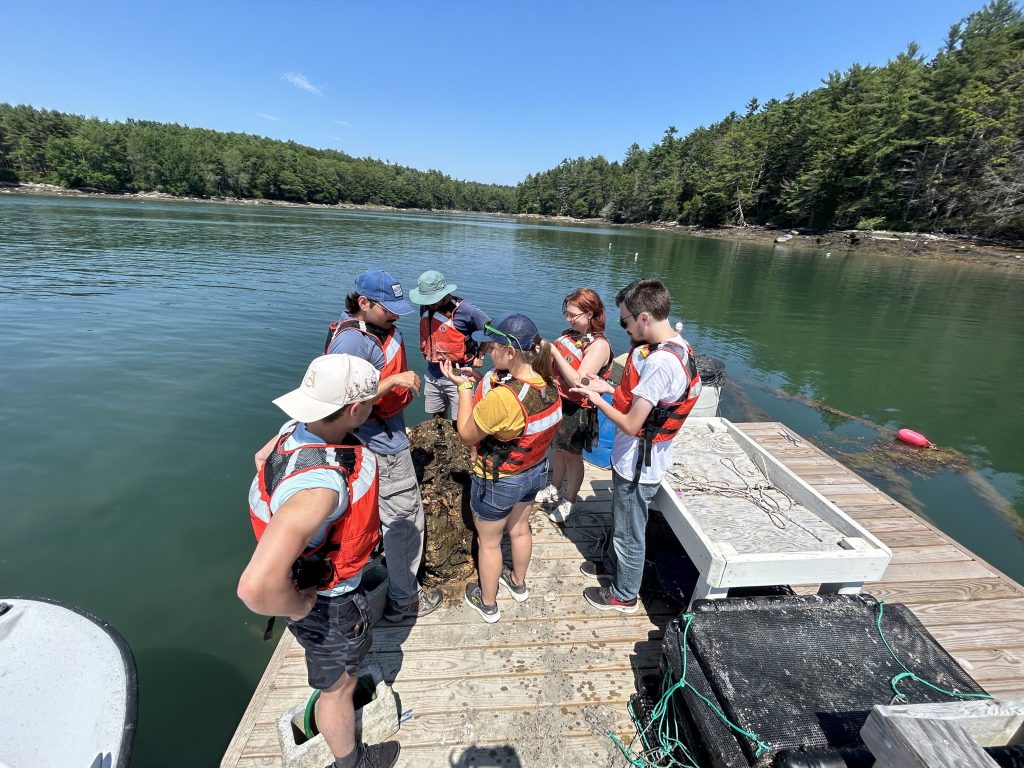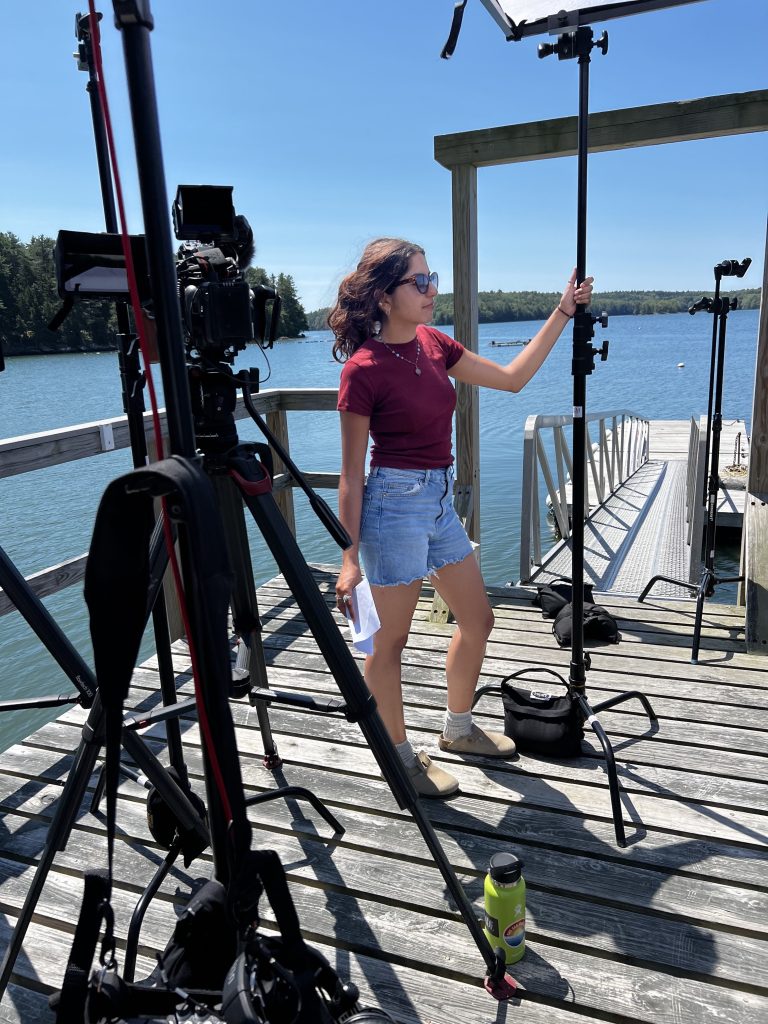
Rida Ali: My AquEOUS internship experience at the Darling Marine Center

Walking along the shore always brings back fond memories of when my mother and I would stroll along the Tanzanian coast, where I spent much of my childhood. We used to fly kites, pretend to be mermaids, and marvel at the many sea turtles we’d meet. I distinctly remember the day I saw my first sea star and knew I would always feel deeply connected with the ocean and its inhabitants. I didn’t realize it then, but my childhood memories inspired my choices that led me to spend a summer living and learning at the Darling Marine Center.
As a storyteller at heart, I was drawn to the inclusive science communications fellowship with the Aquaculture Experiential Opportunities for Undergraduate Students (AquEOUS) program hosted by the Aquaculture Research Institute. I particularly resonated with the program’s emphasis on understanding Indigenous knowledge in the context of marine science research. As part of the fellowship, I attended weekly sessions to engage with the concept of Two-Eyed Seeing, a way to view the world using traditional ecological knowledge alongside Western science to deepen our understanding of the natural world. We engaged with knowledge keepers of the Wabanaki tribes and visited historical sites like the Whaleback Shell Middens in Damariscotta. This approach was essential to immersing ourselves in what we had learned outside the limits of the classroom.

What I loved about AquEOUS was that my role as the communications fellow didn’t end at my computer screen. I had the chance to engage with the research happening at the DMC and often assisted with fieldwork. The Indigenous knowledge workshops laid a strong foundation for my experiences on the Damariscotta, which certainly lives up to its old Abenaki meaning: “river of many fishes.” As my peers researched topics like intertidal oyster farming and razor clam aquaculture, I was lucky enough to join them as they tumbled oysters and measured specimens. Bringing my camera along on the boat, I captured the rewarding (however tedious!) moments that come with marine research.

Inspired by those transformative experiences, I was well-equipped to tell the story of AquEOUS and the Aquaculture Research Institute through photography, graphic design, writing, and videography. The knowledge I had gained throughout the summer was reflected in my final podcast episode: “Applied Aquaculture Research through Indigenous Knowledge and Western Science.” I sat down with other AquEOUS fellows to hear about their research experiences and what it means to appreciate and highlight underrepresented Indigenous voices when conducting research.
My summer at the Darling Marine Center reminded me of my childhood love for the coast and unlocked a new level of appreciation for the work that Indigenous peoples have done to pave the way for Western researchers. There is still so much to learn, and I feel honored to have been even a small part of telling this story.
